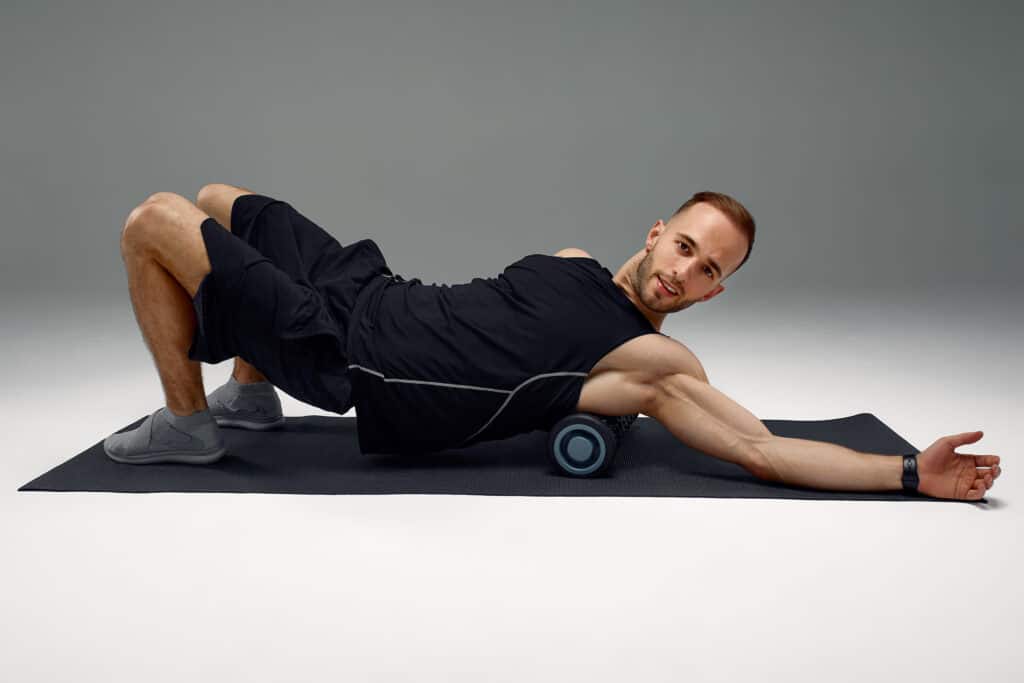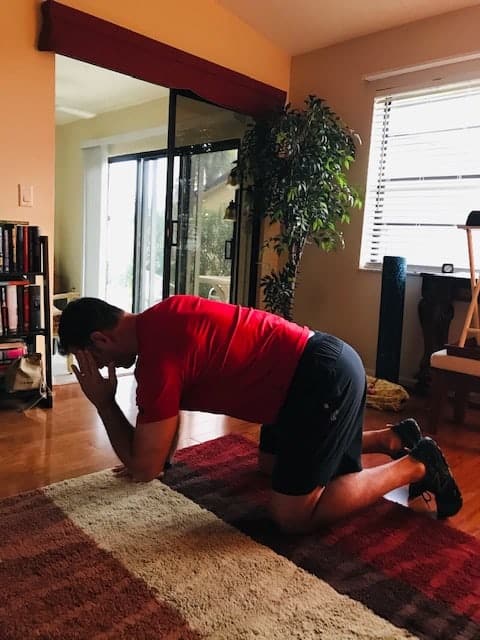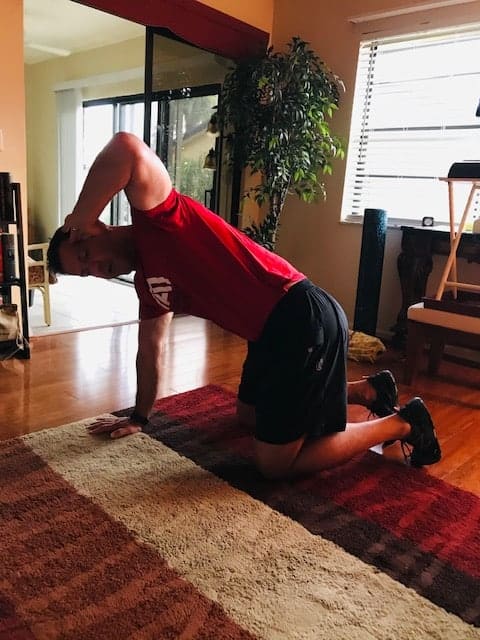There is not a person at your gym who does not want to improve their performance when strength training. Most people typically do just a few quick stretches or a few “warm-up” repetitions and that’s it. A specific warm-up preceding strength training – customized to individual needs – will improve how your body feels and moves in a given workout. Period. This so-called warm-up box should always be checked prior to any strength training session. Especially, if you want to get more out of your workout that is.
Here are two quick and easy additions to your workout. Try one before and after your workout and see how it helps your performance over the coming months.
Determine What Works Best for Your Body
The key is to first find what works for your body. Some gym-goers require an easy dynamic warm-up to break a sweat, while others responds to targeted mobility work. This in turn, opens up tight, restricted muscle and connective tissue. Sometimes a few warm-up sets prior to lifting just isn’t enough do the trick. The following sequence is great to do before any strength or cardio workout. It is specifically targeted to prepare the thoracic spine, commonly referred to as the T-spine, for the upcoming workout.
The majority of Americans, both young and old, spend hours each day sitting. As a result, muscles shorten and connective tissue (fascia in particular) becomes restrictive. A quick mobility series like the one below will increase improve mobility, increase blood flow to the areas. As a result, you’ll feel, move and lift better in the workout.
Just a week of incorporating these movements into your warm-up or post workout will lead to a big pay off. You will notice your body feels and moves much better, even after the first session. Enjoy the additional freedom of movement you’re going to get if this becomes an regular occurrence. For the first few weeks perform 5-7 repetitions for 2-3 sets. Progress to 10-15 repetitions x 2 sets.
Kneeling Thoracic Rotation (start/finish)
Add Foam Rolling to Your Workout
Foam rolling can also be done prior to your workout as well. For the purposes of this article, we’re looking at both mobility work prior to and foam rolling following a strength training session.
Have you ever tried using a foam roller at home or in the gym? There is mounting evidence showing foam rolling, on a regular basis, offers a surplus of health benefits. The good news is those benefits can be enjoyed and help performance by doing just a few minutes. Let’s take a look at what the research shows on this topic.
The Research on Rolling Out
A recent systematic review, of 49 studies, concluded that foam rolling for 90-120 seconds at a time “often reduced muscle stiffness and increased range of motion, or the ability of joints to move.” Other small studies have found foam rolling has the potential to improve flexibility, or the ability of soft tissues to lengthen, at least in the short-term.
Longer-term studies have also found that rolling out the hamstrings three times per week for four weeks improved flexibility. Four additional studies have examined the effects of foam rollers on range-of-motion (ROM) with positive findings. MacDonald and colleagues reported knee joint ROM increased by 12.7 percent following two one-minute sessions of quadricep foam rolling.
When rolling out, move at a speed of about one inch per second for each muscle group. When you come across an area that is tight, you’ll know it. Spend more time on those restrictive areas. You may also want to try to hold your position when you come across such an area. This will help to release the tight fascia. Hold the position between 30-seconds and a few minutes before moving on. Some mobility experts, like Dr. Kelly Starrett, suggest working each leg for up to 10-minutes.
The research reported here shows foam roller use for even a few minutes a day can lead to positive changes in ROM, flexibility and muscle and fascia. Therefore, it would be prudent to add in a few minutes of rolling before or after your workouts. Drinking more water will also help if your fascia is tight or what some physical therapist refer to as “sticky.”
Final Thoughts
The good news here is these two components will not add-on a lot of time to your current workout. The by-product of doing for a few minutes pre/post workout will pay back strong dividends over time. You will feel the benefits, almost immediately, from adding mobility before and foam rolling after a workout session. Time to reap the benefits!
Stay Strong Together
Jefit, named best strength training app by Sports Illustrated, Esquire, GQ, Men’s Health, Greatest, Forbes Health, and many others. We offer a community responsible for 92,000,000 workouts to date! The app, which recently passed 10 million downloads, comes equipped with a customizable workout planner and training log. The app also has ability to track data, offer audio coaching cues, and can share workouts with friends. Visit our members-only Facebook group. Connect with like-minded people, share tips, and advice to help get closer to reaching your fitness goals.
Read the scientific paper published in the Journal of Medical Internet Research using the Jefit app. Also, a great Jefit app review was recently published by MUO that can be found here.
- Boost Your Posterior Strength with 3 Effective Jefit Exercises - March 31, 2025
- 8 Underrated Stretches to Improve Your Deadlift Performance - March 28, 2025
- Strength vs. Hypertrophy: Best Way to Train for Your Goals - March 26, 2025


